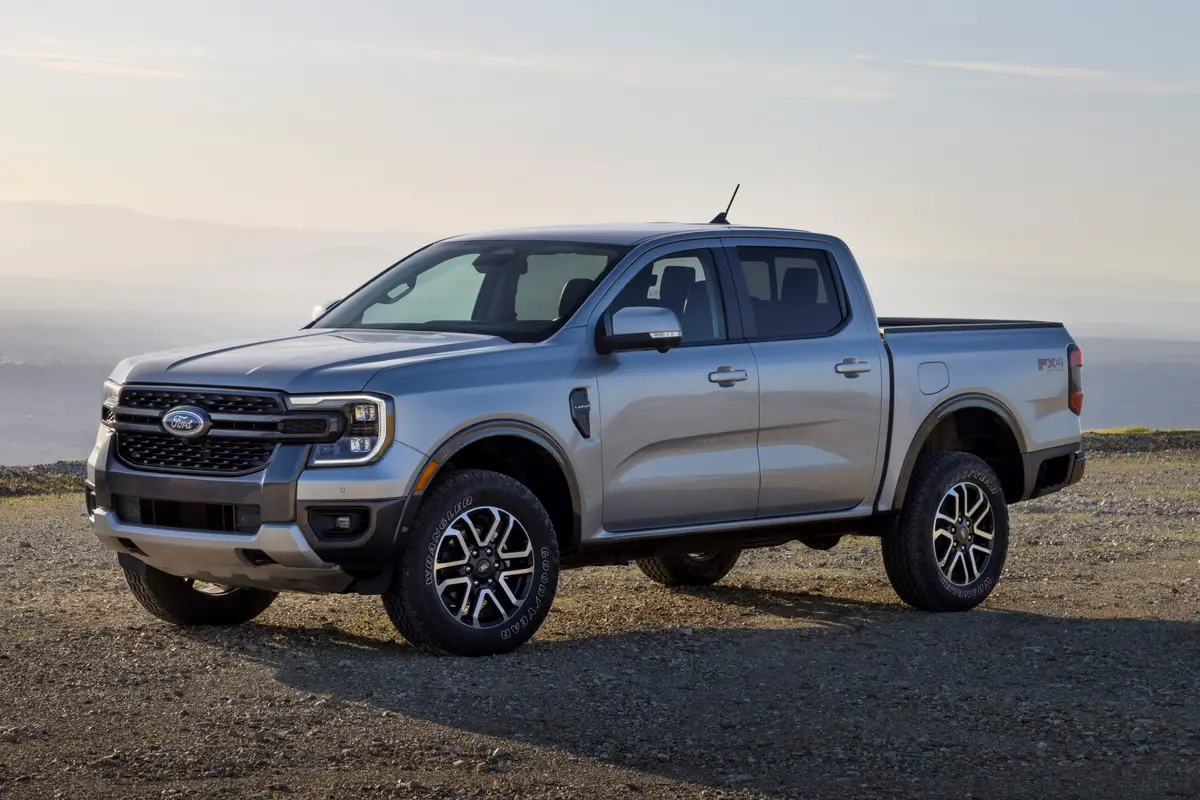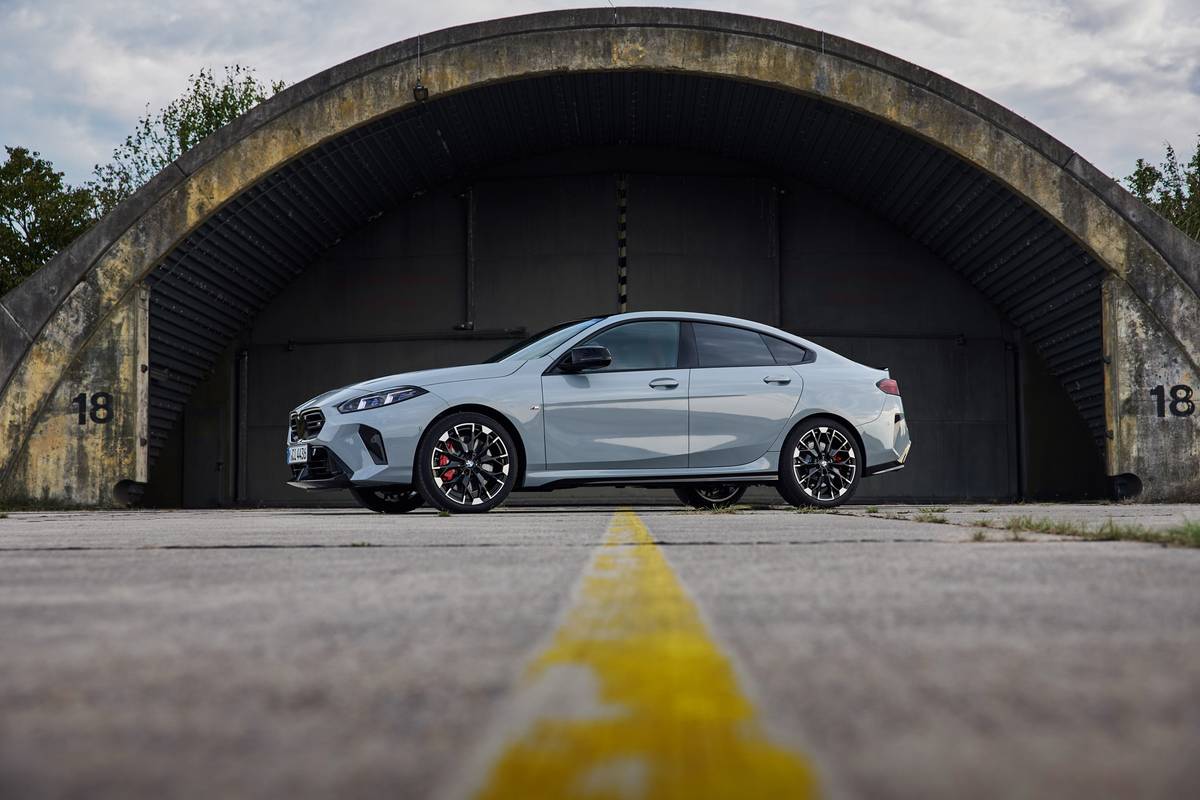Boston.com's view
If all had gone well for Saab, you’d be reading about the 9-5’s turbo hybrid powerplant, a mid-cycle update to the company’s flagship sedan. But, of course, it all didn’t.
Instead, you’re looking at the first new 9-5 in 12 years. That’s double the industry average lifespan for a single car, as evidenced by the last model’s floppy suspension, harsh engine, and ancient interior.
When the 9-5 was introduced in 1998, there were no hybrids, no threat to the body-on-frame SUV, and annual US auto sales were totaling nearly 16 million, just two years away from an all-time record. Ford was readying to buy rival Volvo for a staggering $6.45 billion.
General Motors, which had owned Saab since 2000, eliminated dozens of nameplates last year during its pitiful decline to bankruptcy and $50 billion federal bailout. Some had a bright future, like the Pontiac G8, while others, like the Hummer H2, were a relief to bid adieu. But when GM said in December that it would “wind down” Saab after failing to sell it, they couldn’t issue another press release and walk away. Saab dealers had become used car lots as GM halted production. Saab loyalists were furious.
Through their rage in the media, protests at GM headquarters, and outpouring of support to local dealers, Saab fans convinced GM to allow a proper sale in January to Dutch-based Spyker Cars. Months earlier, The New York Times Co., in a similar cloud of debt and mismanagement, threatened to close this newspaper and its website. So while I’m not a Saab guy — my parents raised me in a pack of Volvo 240s — this passion to protect a longstanding name rang familiar.
Now that it’s here, the 2010 9-5 is a modern, distinctive luxury sedan. The blacked-out pillars, angled roofline, turbine fan wheels, and blue-tinted light surrounds create an elegant form. Green interior lighting dresses up the trademark “egg crate” vents and sleek driver-oriented dashboard.
Some of Saab’s novelty has faded. In the speedometer is a circular multifunction LCD that can display a vertical speedometer, like on aircraft. The ignition, now a start/stop button, remains on the center console, where many automakers including Volkswagen now put them. The switchgear, somewhat smallish, turn and press with a fine quality, and the navigation display is clear and full of customization. Yet most of it comes off the Buick LaCrosse, the 9-5’s platform mate. Ah, but can the Buick switch off the gauges and dim the dash by hitting a “Night Panel” button?
While the 9-5 rides on the same 111.7-inch wheelbase as the LaCrosse, it’s 1.5 inches lower with a wider front and rear track. Parked nose-to-nose, the new 9-5 makes the outgoing model look like a skinny pipsqueak. But the added bulk allows the interior to stretch, allowing cavernous rear seat legroom. Side airbags are also standard in the back, a critical feature overlooked by most automakers.
Our $52,230 Aero Turbo6 tester included Saab’s DriveSense, which changes suspension dampening, steering weight, throttle sensitivity, and gear changes to the driver’s style. It’s an effective system, but the suspension — riding on our car’s optional 19-inch, low-profile tires — is on the stiff side no matter the mode, and the steering is sometimes inconsistent in its firmness. BMW drivers won’t be swayed.
Audi and Acura folks will enjoy pitching the 9-5 into a tight bend. Torque-vectoring all-wheel-drive and an electronic limited slip differential belie the car’s size, and during aggressive cornering on wet pavement, the Saab scored with steady grip and minimal understeer. Getting on the power out of corners is easy, thanks to abundant low-end torque from the turbocharged, 2.8-liter V-6. Paddle shifters on the thick, flat-bottomed steering wheel are quick to stir the 6-speed automatic, though the transmission downshifted roughly a few times under moderate braking.
When you’re not manhandling it, the 9-5 feels quiet and unobtrusive. Directional stability and rain-sensing wipers were top-notch as I forged through a heavy storm, following a convoy of journalists from the Poconos. I was one-handing the 9-5 as it got pelted and drenched, tuning the radio to country and sinking into the firm, ventilated seat. This is the only time I’ll say this, but there’s no chance I’d have traded it for my colleague’s Corvette ZR1.
While the car feels solid, the company is still in a haze. For an automaker that prides itself on safety, there’s no middle rear seat headrest, and a backup camera and blind spot system aren’t available. A heads up display is optional, but adaptive cruise control and a moonroof can’t be found, either. And while the interior is full of soft-touch surfaces, the blue plastic trim on the doors and center console — not to mention the swath of hard black plastic on the center stack — belongs in a Camaro, not a luxury car.
Granted, our 9-5 is the only trim on the market, and several more will debut in the US this fall, including a four-cylinder with an available manual transmission that starts at $39,350. Hopefully, Saab will fill in the missing equipment.
Even worse, though, is justifying the 9-5’s price after dealers liquidated their inventories last year. Many, including Charles River Saab in Watertown, offered discounts of up to $8,000 on last year’s models. As a result, Saab’s resale values have tanked, and there’s no telling what this 9-5 will be worth after three years.
But for Saab, which seeded itself in New England by importing the two-stroke, three-cylinder 93 coupe into Hingham in 1957, a hardy challenge is nothing new. So long as Saab develops new technology and its parent company keeps the money flowing, they should rebound over the next few years. We’d like to root for the underdogs.
After all, as a newspaper, we’re one of them.
Special thanks to Pierre Belperron of Charles River Saab for setting up the nose-to-nose comparison, and by letting us drive a 2008 9-5 Aero.
2010 Saab 9-5 Aero Turbo6
THE BASICS
Price, base/as tested (with destination): $48,390/$52,230
Fuel economy, EPA estimated: 16/27
Fuel economy, Globe observed: 25 mpg
Drivetrain: 2.8-liter turbocharged V-6, 6-speed automatic, all-wheel-drive
Body: 4-door, 5-passenger sedan
THE SPECIFICS
Horsepower: 300 @ 5,500 rpm
Torque: 295 ft.-lbs @ 2,000 rpm
Overall length: 197.2 inches
Wheelbase: 111.7 inches
Height: 57.8 inches
Width: 73.3 inches
Curb weight: 4,354 pounds
THE GOOD
Unique design, sporty drive, and its very existence
THE BAD
Resale value, missing equipment
THE BOTTOM LINE
A great and concerted effort, but not enough yet to sway the competition
ALSO CONSIDER
Audi A6, Acura TL, BMW 535i, Mercedes-Benz E350, Volvo S80
Latest news



